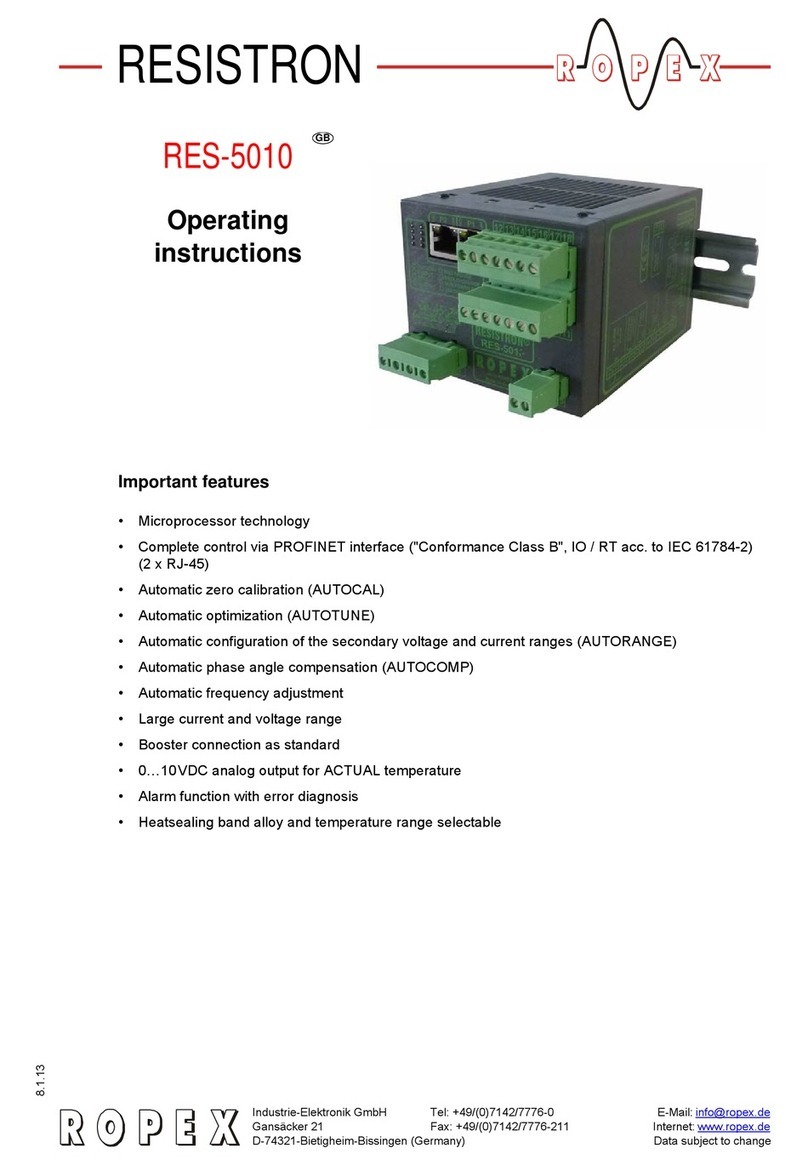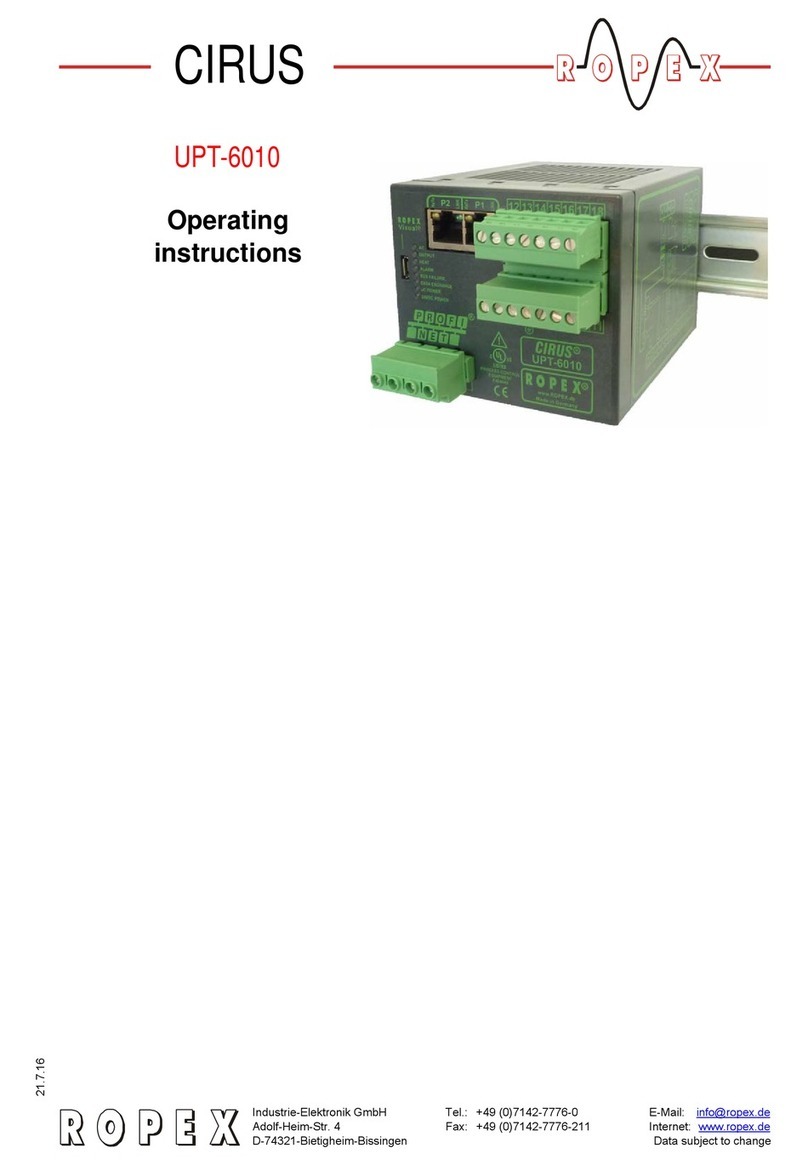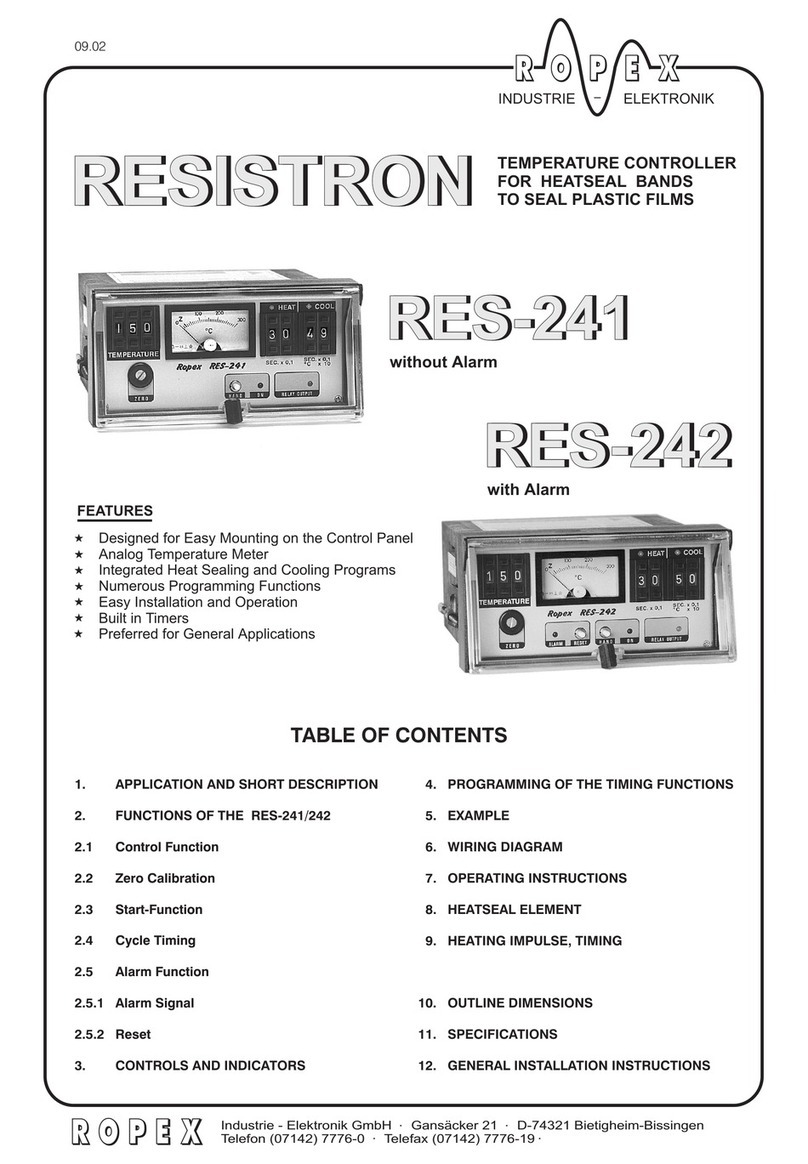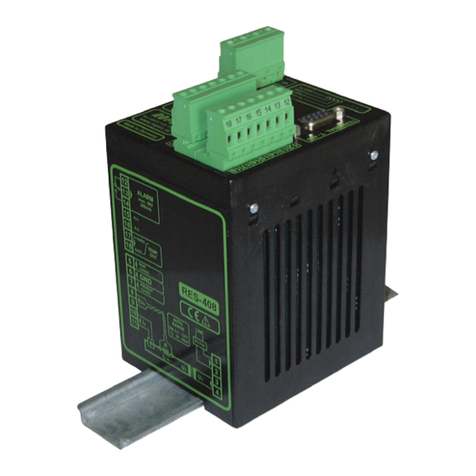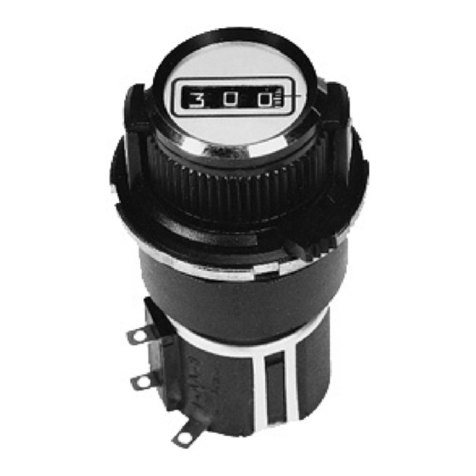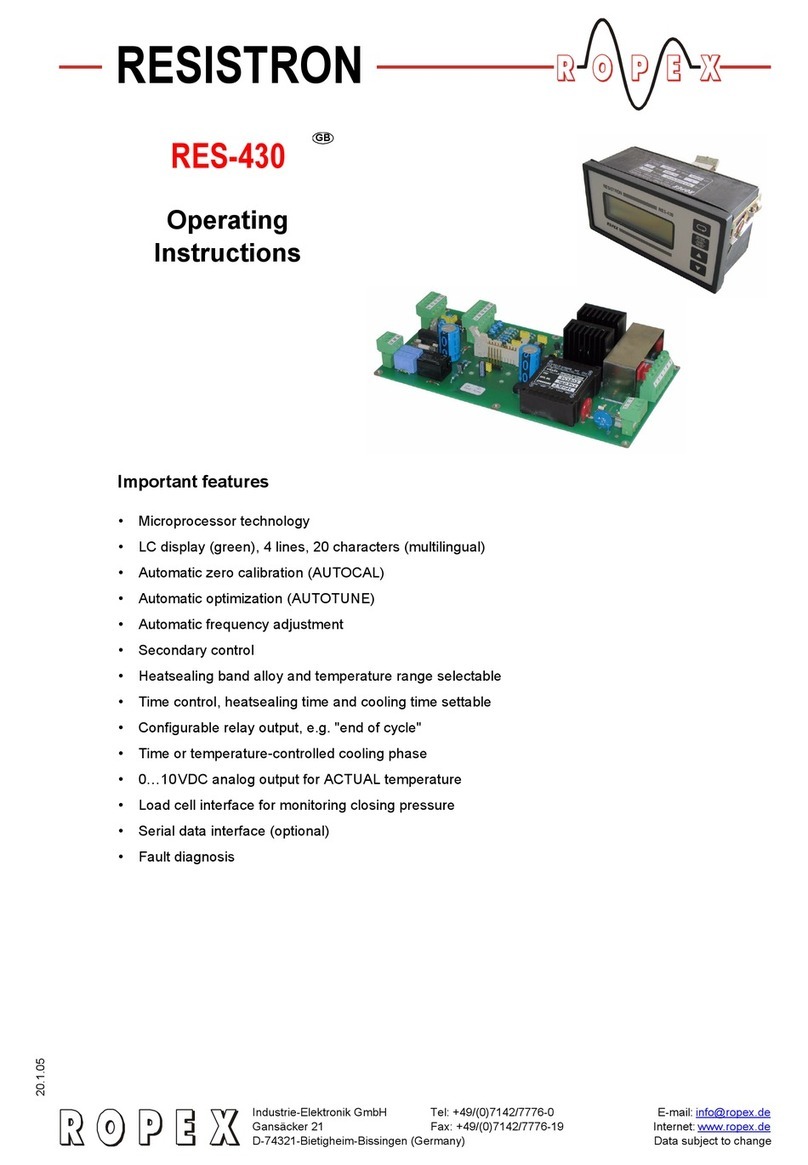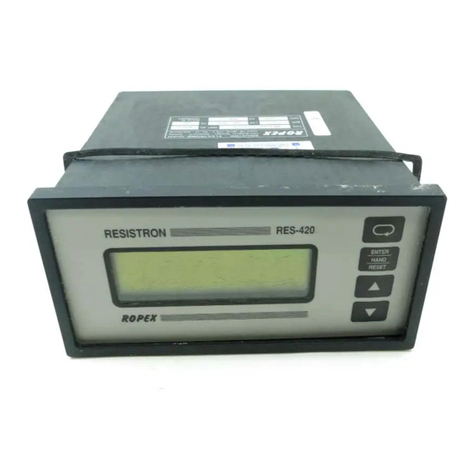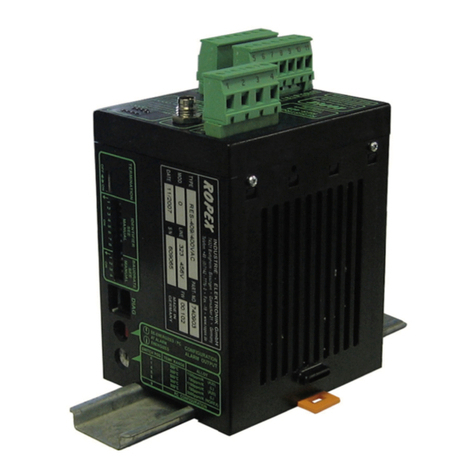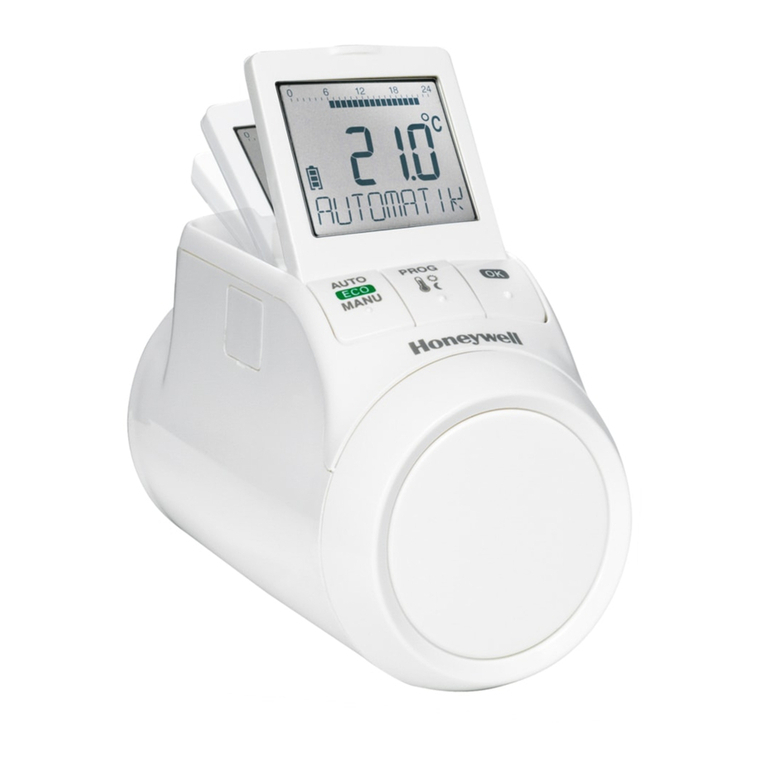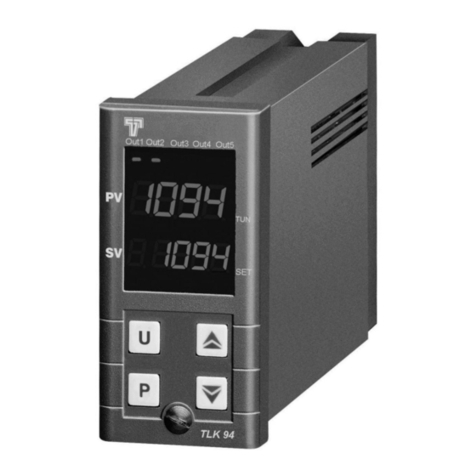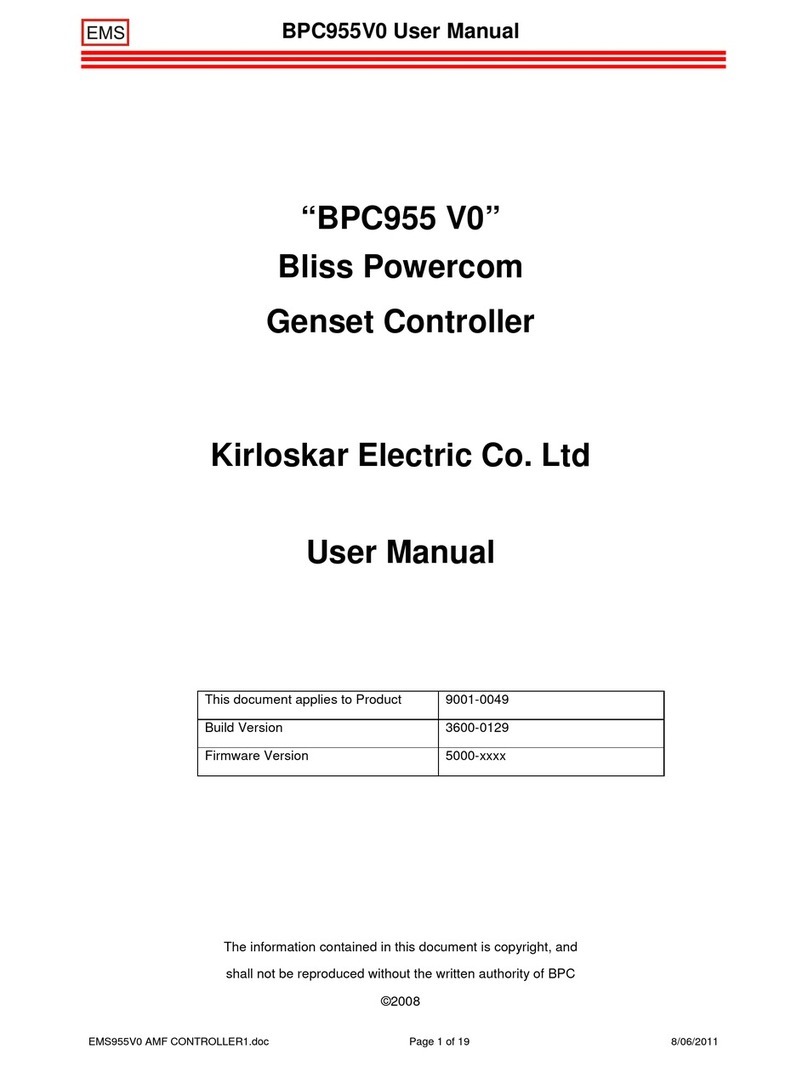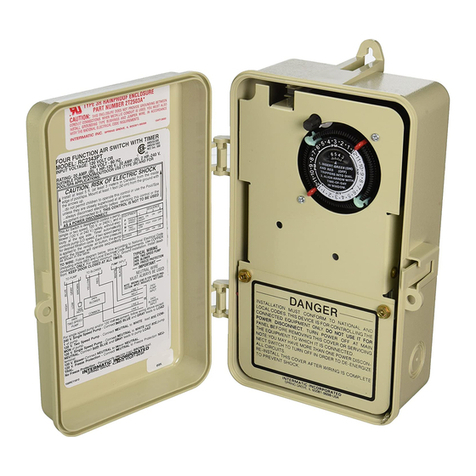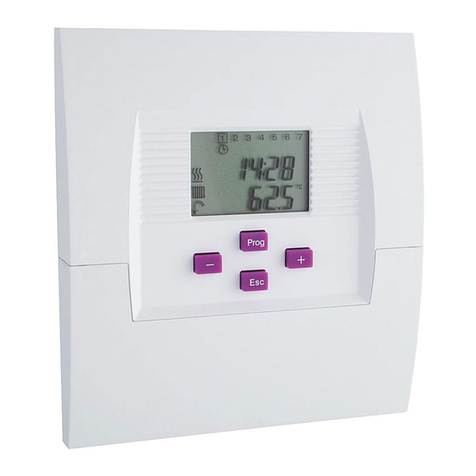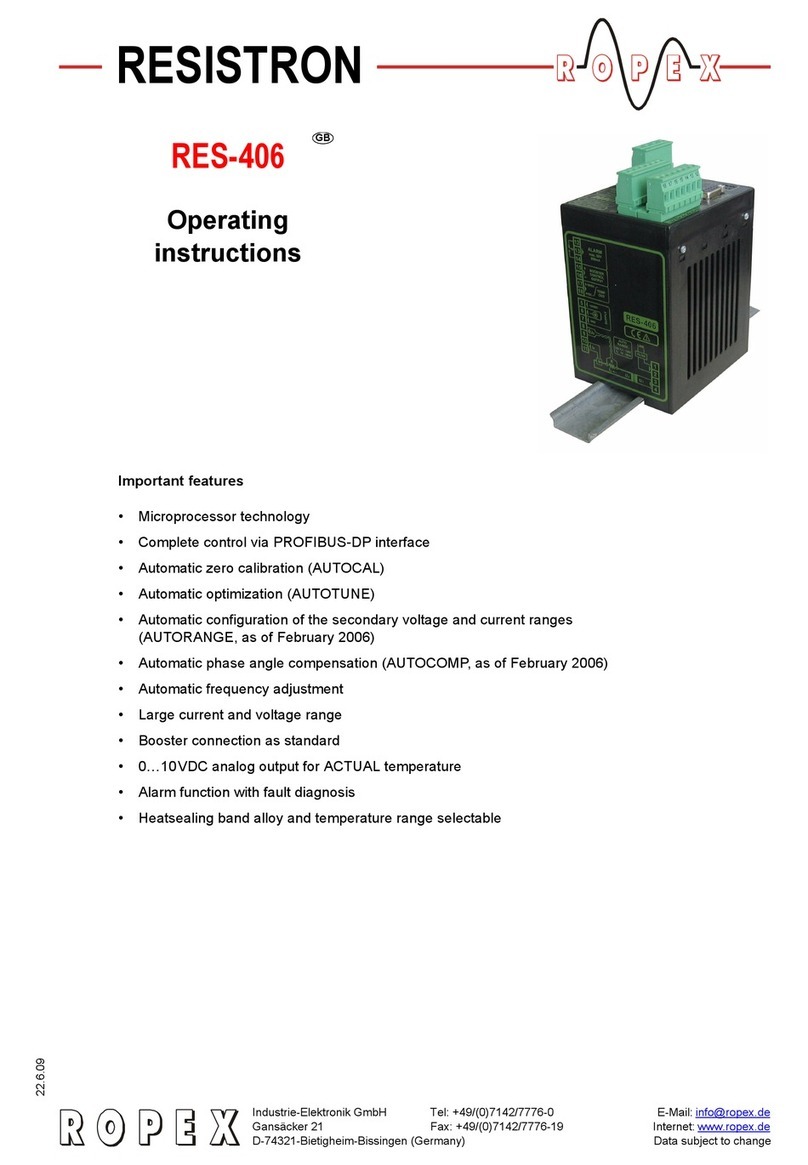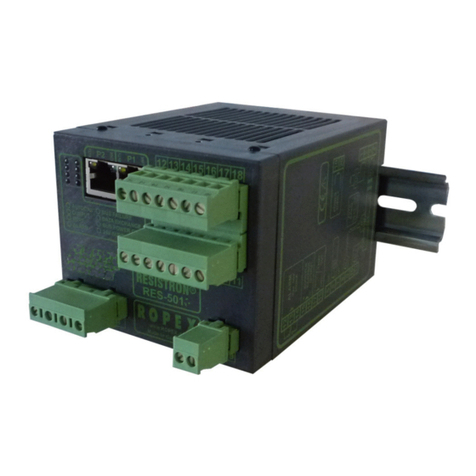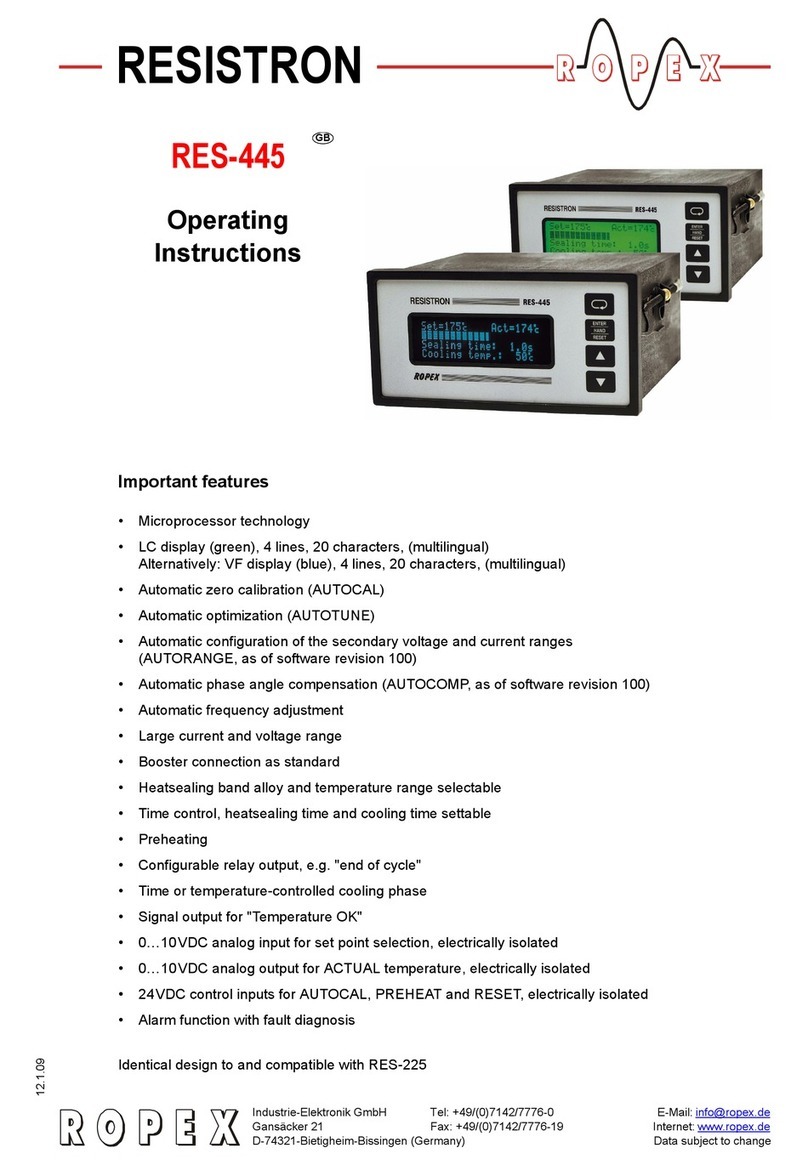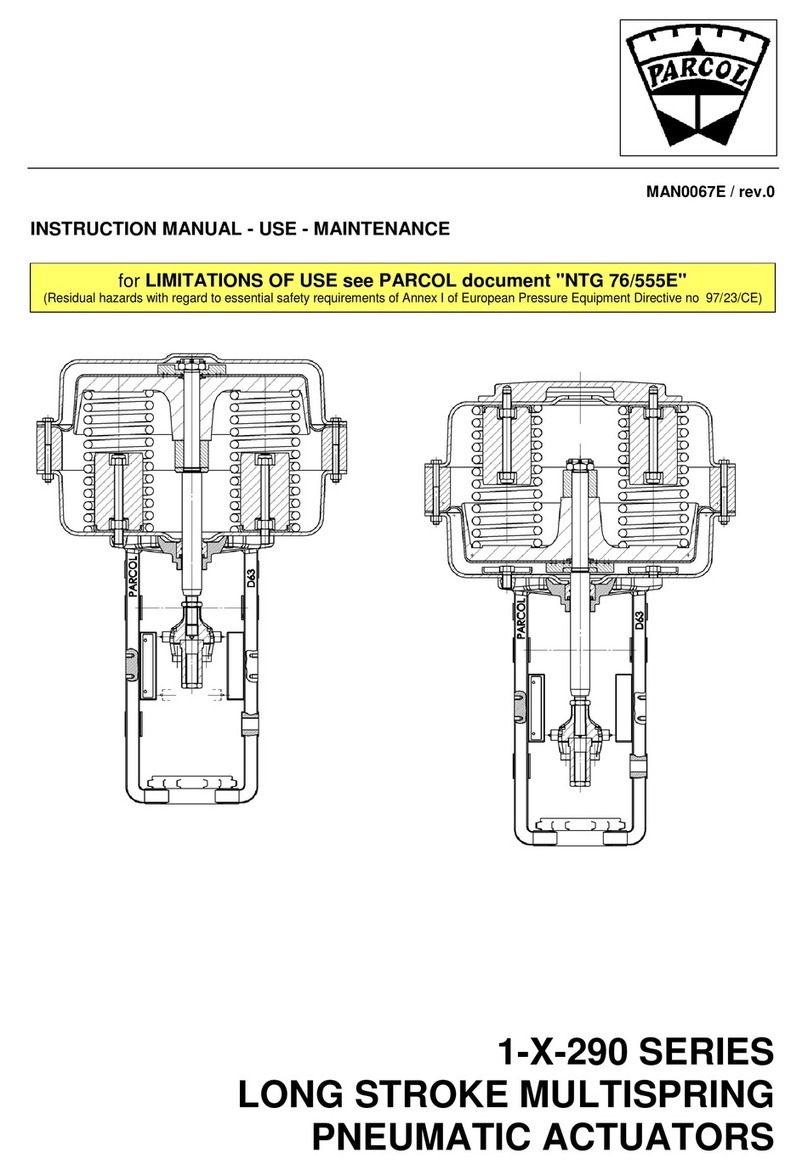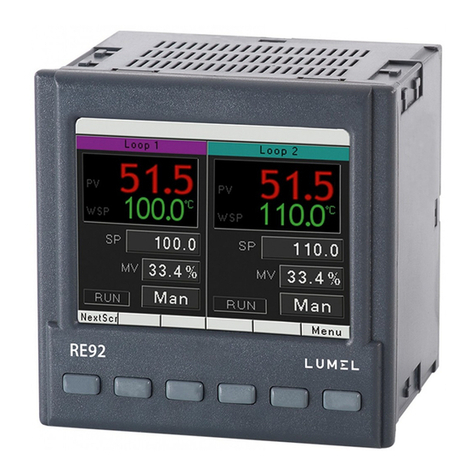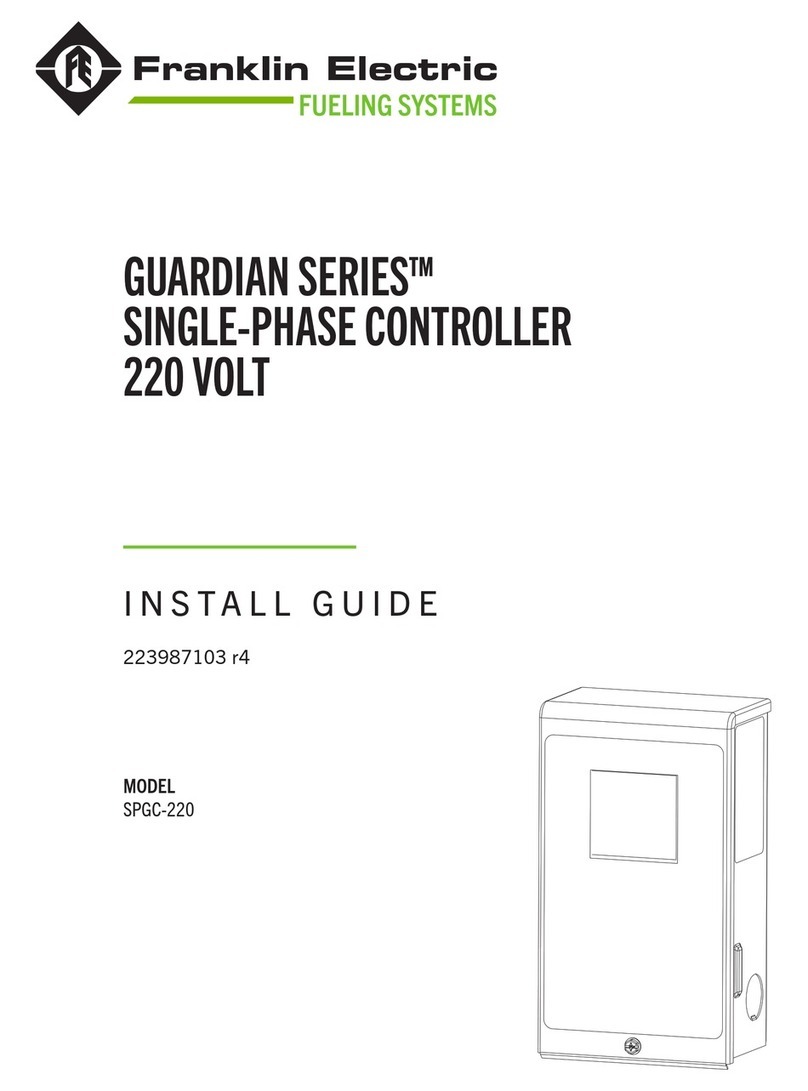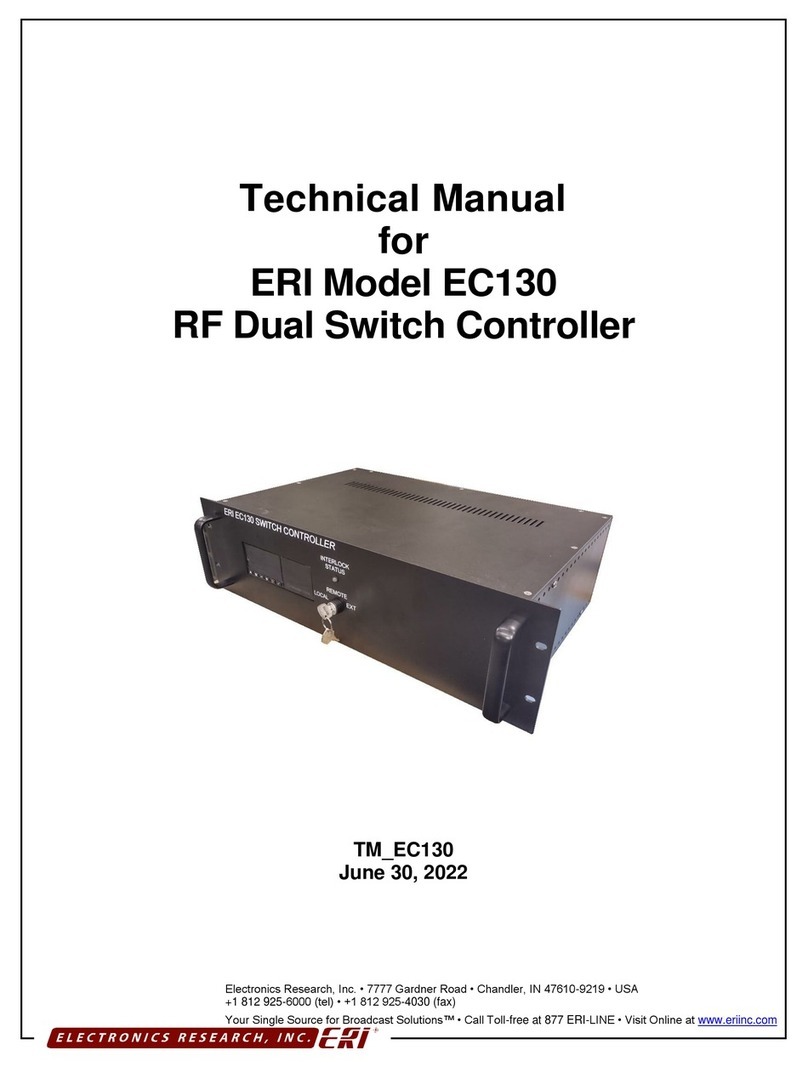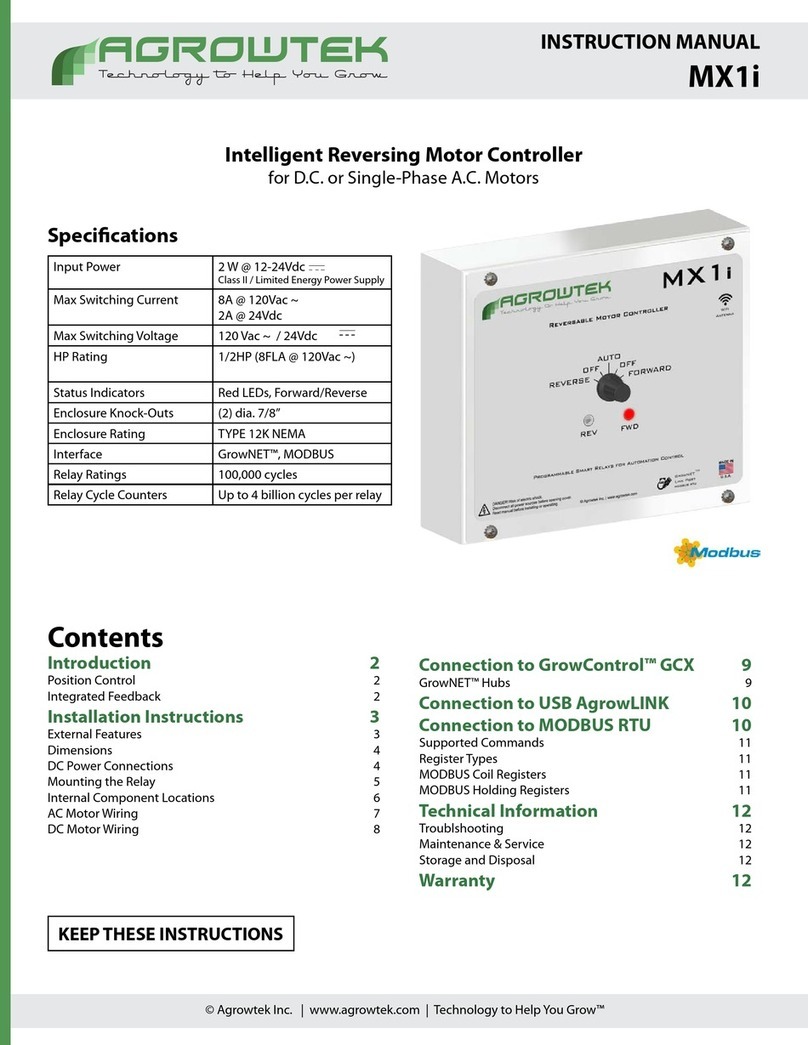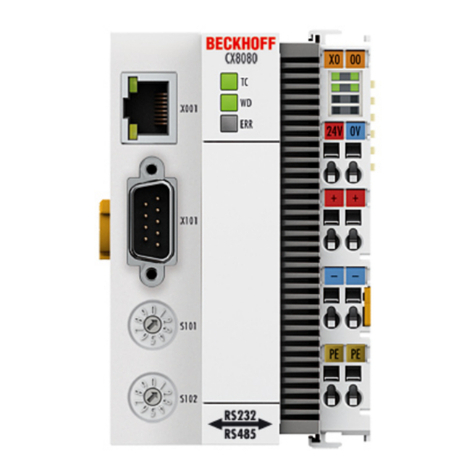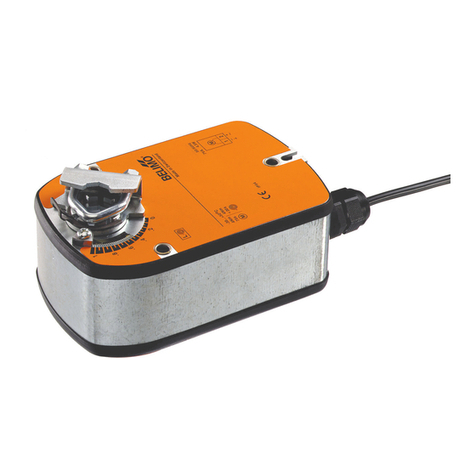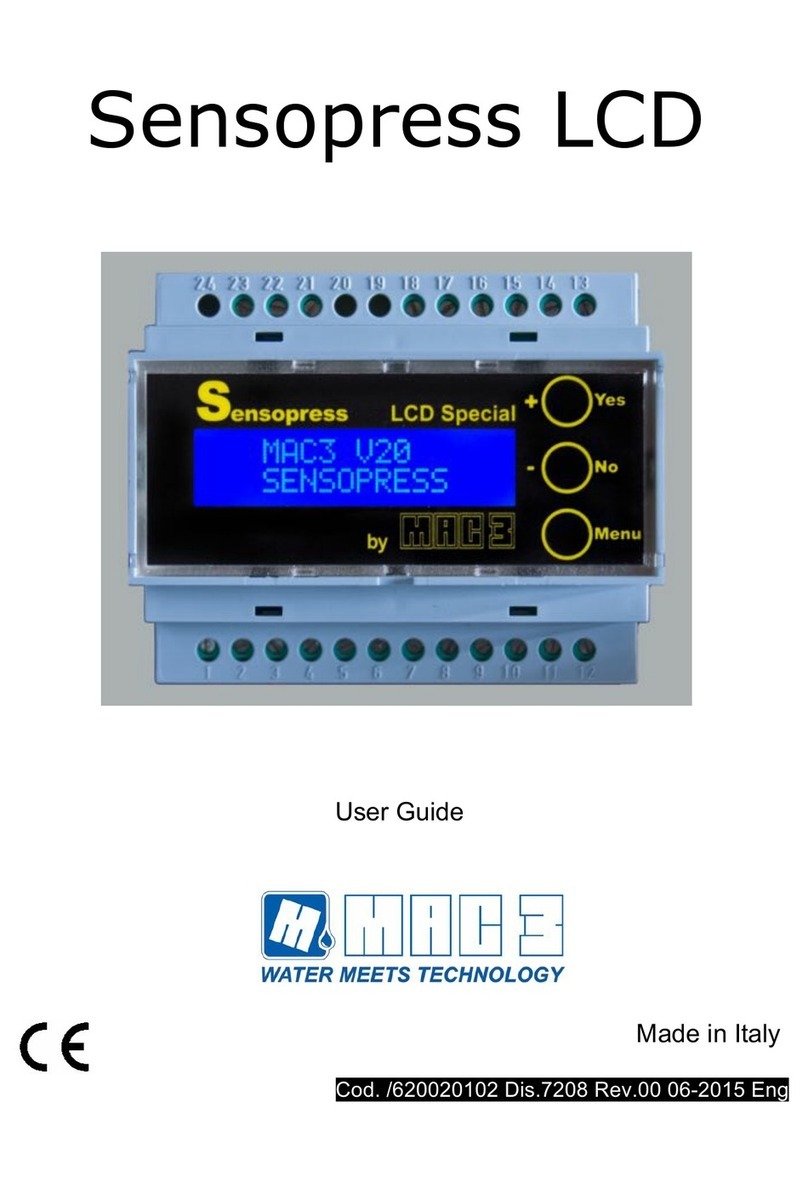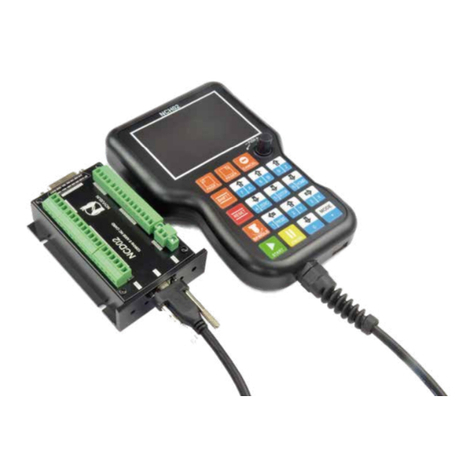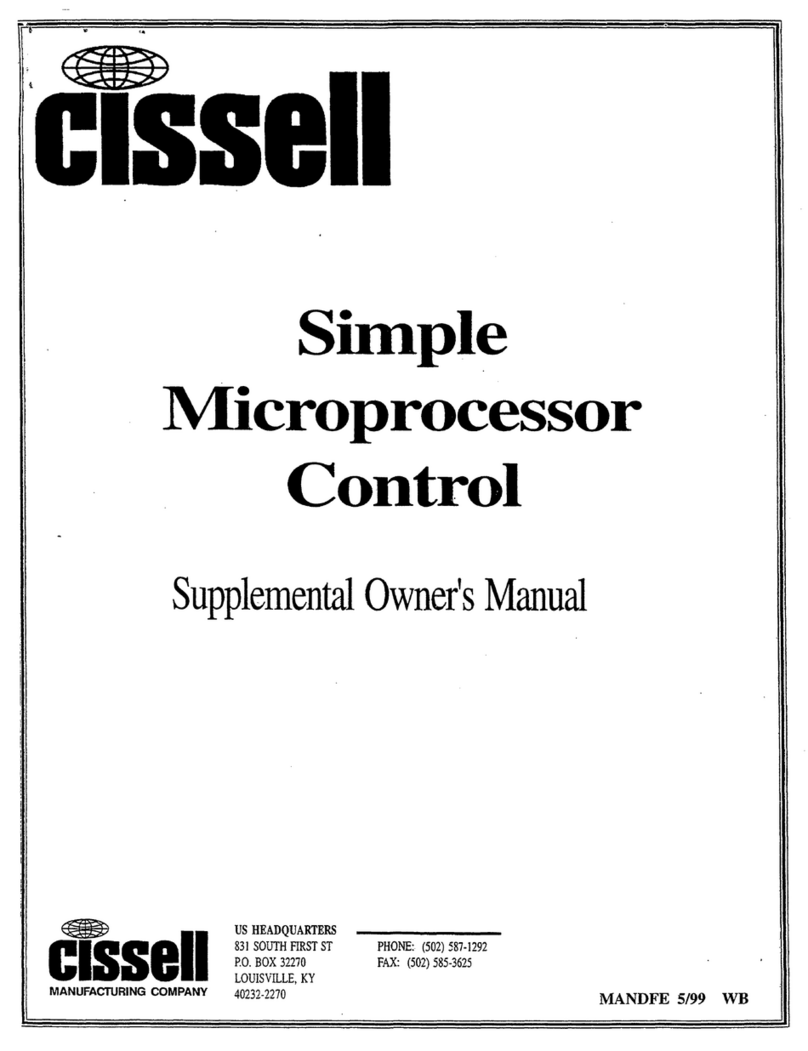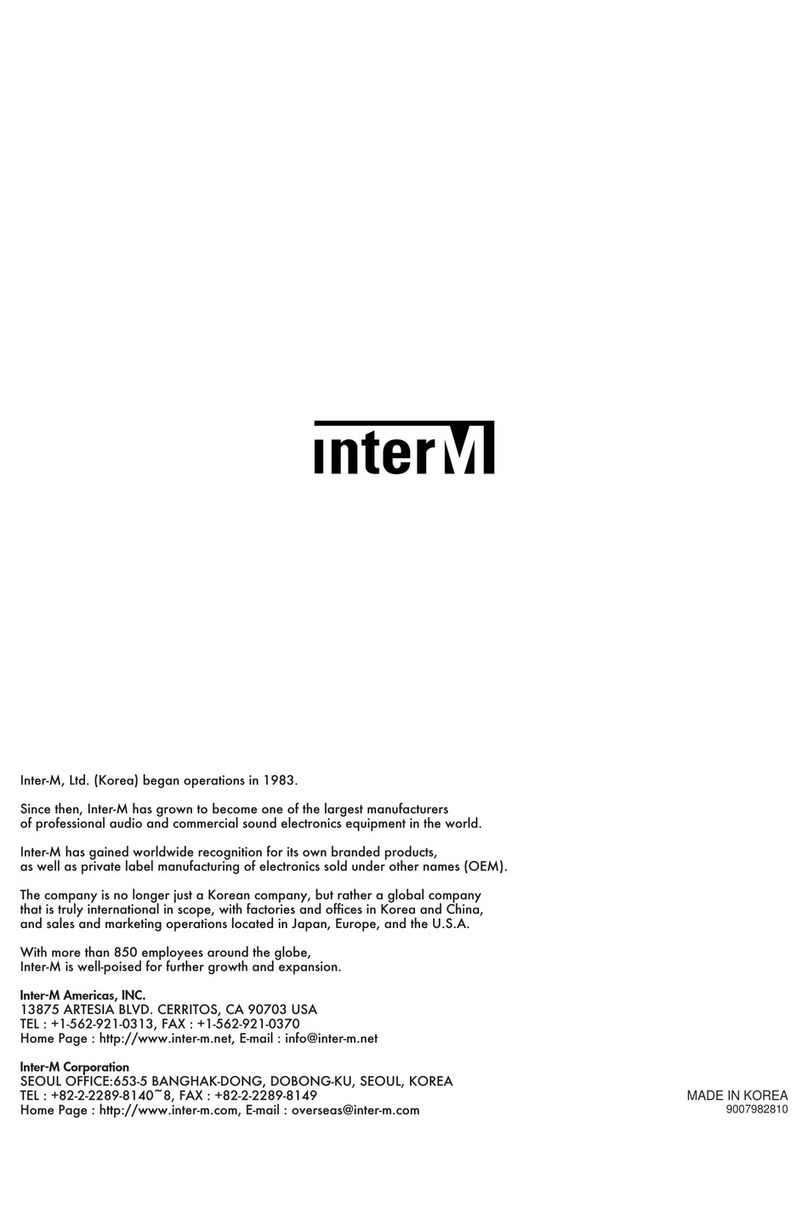
Page 2 RES-5009 Version 1
Contents
1 Revision list . . . . . . . . . . . . . . . . . . . . . . . . . 5
2 General information . . . . . . . . . . . . . . . . . . 5
2.1 Use of the operating instructions . . . . . 5
2.2 Drawings and illustrations . . . . . . . . . . 5
2.3 Copyright . . . . . . . . . . . . . . . . . . . . . . . 5
3 Safety . . . . . . . . . . . . . . . . . . . . . . . . . . . . . . 5
3.1 Warning notices in the operating
instructions . . . . . . . . . . . . . . . . . . . . . 5
3.2 General safety information . . . . . . . . . 7
3.3 Intended Use . . . . . . . . . . . . . . . . . . . . 7
3.4 User qualifications . . . . . . . . . . . . . . . . 7
3.5 DECLARATION OF CONFORMITY . . 8
4 Requirements for the functioning of the con-
trol system . . . . . . . . . . . . . . . . . . . . . . . . . . 9
4.1 Heating element . . . . . . . . . . . . . . . . . 9
4.2 Impulse transformer . . . . . . . . . . . . . 10
4.3 Current transformer . . . . . . . . . . . . . . 10
4.4 Line filter . . . . . . . . . . . . . . . . . . . . . . 10
4.5 Application report . . . . . . . . . . . . . . . 10
5 Product description . . . . . . . . . . . . . . . . . . 11
5.1 Use . . . . . . . . . . . . . . . . . . . . . . . . . . 11
5.2 Functional principle . . . . . . . . . . . . . . 12
5.3 Controller features . . . . . . . . . . . . . . . 12
6 Transport and Storage . . . . . . . . . . . . . . . 13
6.1 Scope of Delivery . . . . . . . . . . . . . . . 13
6.2 Transport and Storage . . . . . . . . . . . 13
7 Mounting and Installation . . . . . . . . . . . . . 13
7.1 Installation sequence . . . . . . . . . . . . . 13
7.2 Installation notes . . . . . . . . . . . . . . . . 15
7.3 Mains connection . . . . . . . . . . . . . . . 16
7.4 Line filter . . . . . . . . . . . . . . . . . . . . . . 17
7.5 Current transformer . . . . . . . . . . . . . . 17
7.6 Wiring diagram (standard) . . . . . . . . . 19
7.7 Wiring diagram with booster
connection . . . . . . . . . . . . . . . . . . . . . 20
8 Startup and operation . . . . . . . . . . . . . . . . 21
8.1 Device view . . . . . . . . . . . . . . . . . . . . 21
8.2 Device configuration . . . . . . . . . . . . . 21
8.3 Switch for activating the CAN terminating
resistor . . . . . . . . . . . . . . . . . . . . . . . . 24
8.4 Selection of CAN protocol . . . . . . . . . 24
8.5 Burning in and changing the heating
element . . . . . . . . . . . . . . . . . . . . . . . 25
8.6 Startup procedure . . . . . . . . . . . . . . . 26
9 Device functions . . . . . . . . . . . . . . . . . . . . 29
9.1 Display elements and operating
elements . . . . . . . . . . . . . . . . . . . . . . 29
9.2 Input data . . . . . . . . . . . . . . . . . . . . . . 30
9.3 Output data . . . . . . . . . . . . . . . . . . . . 34
9.4 Parameter data . . . . . . . . . . . . . . . . . 37
9.5 Undervoltage detection . . . . . . . . . . . 43
9.6 Temperature display (actual value
output) . . . . . . . . . . . . . . . . . . . . . . . . 44
9.7 Booster connection . . . . . . . . . . . . . . 45
9.8 USB interface for visualisation software
ROPEXvisual®. . . . . . . . . . . . . . . . . . 45
9.9 AUX interface . . . . . . . . . . . . . . . . . . 46
9.10 Total cycles counter . . . . . . . . . . . . . . 46
9.11 Operating hours counter . . . . . . . . . . 47
9.12 Data storage for error messages and
AUTOCAL . . . . . . . . . . . . . . . . . . . . . 47
9.13 Integrated clock (date and time) . . . . 47
9.14 System monitoring/alarm output . . . . 48
9.15 Error messages . . . . . . . . . . . . . . . . . 49
9.16 Error ranges and causes . . . . . . . . . . 54
9.17 Measures in the event of an error . . . 55




















